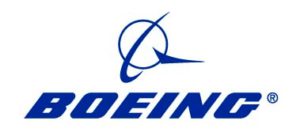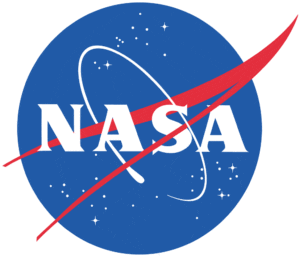Customers and Applications
Aurora-CCPM is being utilized by Boeing in the Final Assembly of the B787 Dreamliner. Aurora-CCPM provides Boeing with Critical Chain capabilities not available in other Critical Chain software. Aurora-CCPM prioritizes factory production tasks by balancing resource capacities with manufacturing requirements and constraints via the Critical Chain method of buffer management. The result is a dynamic assembly schedule that adapts to real-time production variability and allows Boeing to execute the plan as efficiently as possible.
Aurora was originally developed to help NASA tackle difficult, mission-critical scheduling problems that previously required the judgment and experience of expert human schedulers. For example, Aurora was deployed at NASA’s Kennedy Space Center to schedule the use of floor space and other resources at the Space Station Processing Facility (SSPF), the world’s largest low-particle clean room where International Space Station components are prepared for space flight. Because SSPF processing and launch costs are very expensive, it is necessary to meet launch dates and utilize SSPF resources efficiently. However, this is difficult because there are many types of resources, tasks, and constraints; the floor space and resources are over-committed; and the constraints are unusual.
Aurora was also used to create Aurora/AMP, a replacement for the Automated Manifest Planner developed by Stottler Henke and used by NASA since 1994. AMP generates short-term and long-term (10-year) schedules of ground-based activities that prepare space shuttles before each mission and refurbish them after each mission. Because the shuttle spacecraft and ground-based facilities are so expensive, increasing the number of shuttle launches by just one is worth hundreds of millions of dollars, so finding near-optimal schedules is critical. Rapid generation of near-optimal schedules enables NASA to perform what-if studies efficiently that analyze numerous alternate scenarios.
Aurora has been designated by NASA as an SBIR Success Story.
“The precursor version of Aurora is used daily to support major processing and space shuttle launch decisions; to coordinate our launches with those of Russia, Japan, and the European Space Agency; and to determine NASA’s launch requirements and flight rates,” says NASA Shuttle Processing Manager Tom Overton. “It enables us to generate complex schedules in a few hours, compared to days or weeks required by our previous scheduling systems.”

